Smartphones have seen a glorious journey from being a Style symbol to the most important basic necessity. While nowadays, smartphone launches are getting better, at the same time, some mobile companies do not exist anymore. The brand they had created received appreciation from customers and won their hearts when they were operational. Do you recall such iconic mobile brands which made a mark with quality products but are not in business now? Let’s travel down memory lane to check out mobile brands that created a special bond with customers but are no longer in business.
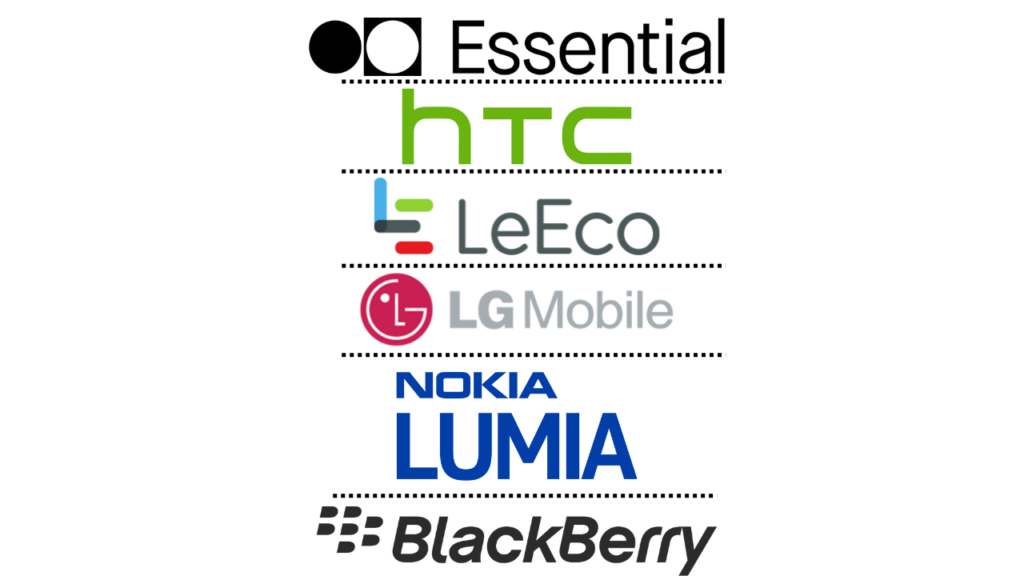
HTC (1997 – 2021)
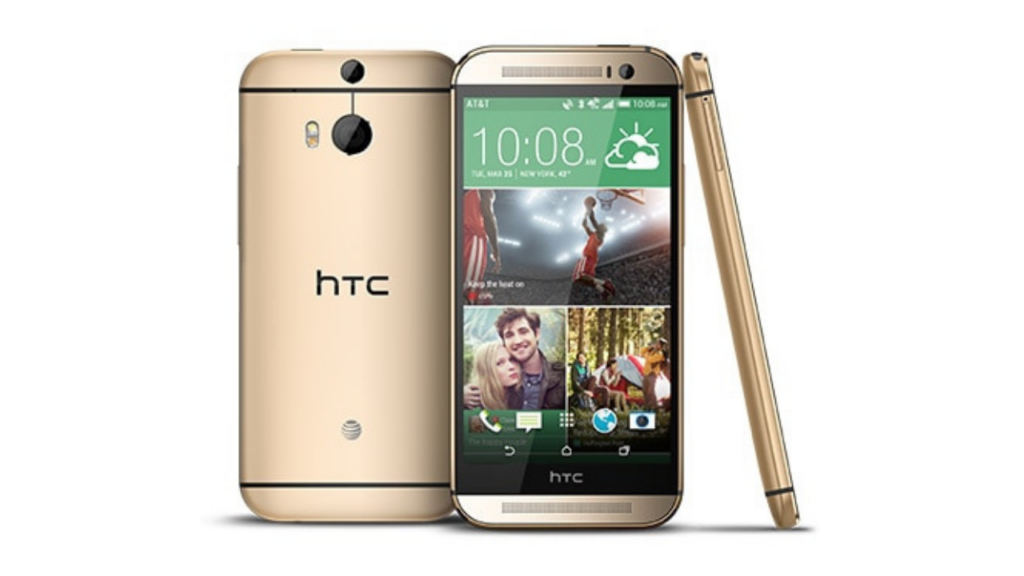
HTC has lived an incredible life since its inception and was one of the top players in the mobile business around 10 years back. But now, the company is considered dead because we haven’t seen a proper lineup from the brand for quite a while. HTC U12+ was the company’s last flagship released back in 2018, while its last mid-ranger, the HTC Desire 21 Pro 5G, was launched in 2021. Therefore, we consider the brand dead as it hasn’t made any smartphone announcements since last year.
The Taiwanese giant was one of the most prominent players in the smartphone market till 2016, and it started seeing a steady drop in 2017. While HTC was not among the top 3 brands in India even during its peak, it did make a strong impact internationally, especially in the US. HTC smartphones such as the HTC One M8 and HTC One X were among the best Android devices of all time.
The company was also ahead in innovating and the HTC One M8 was the first phone to use a secondary camera as a depth sensor, which enabled all kinds of the depth of field effects. Of course, this is the same sensor that is available in even budget devices nowadays but back in 2014, it was something which amazed the tech community as well as an average consumer.
Moreover, another unique offering from the brand was the HTC One M8 for Windows, which came with Windows OS pre-installed instead of Android. This meant that the device essentially came with two OSes that we do not see often. Even on the software side of things, HTC made some good decisions at that point. It launched some of its smartphones with Google’s Android One OS pre-installed so users who didn’t like HTC’s OS could go for a Stock Android experience and unmatched build quality.
For those who still remember, HTC’s iconic clock widget was slightly re-designed ( to avoid copyright issues) and was distributed by multiple other brands on their smartphones. Further, thousands of other apps on the Play Store offered the same widget, so users with a non-HTC smartphone could also experience it.
Additionally, the device had a metal unibody which still makes it feel premium to hold in hand and could also compete with the likes of the latest flagships. Undivided attention on its ad campaigns, better supply chain, not giving up on innovative technologies, and some other effective decisions could, perhaps, have resulted in HTC’s survival. Reports suggest that HTC might come back soon with a major flagship that will be deeply rooted in the ’Metaverse’ but time will tell if that’ll become a truth.
LG (2002 – 2021)
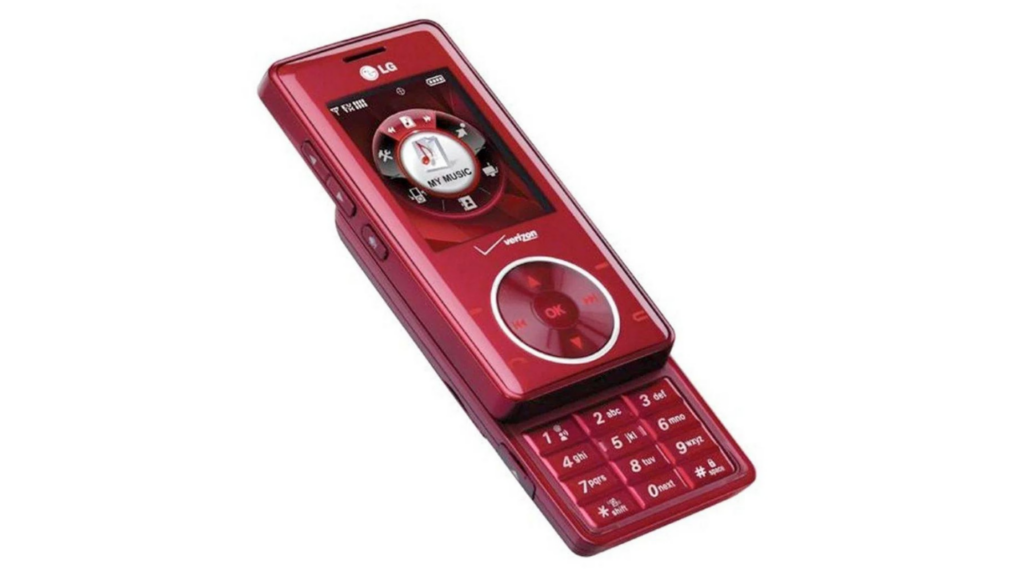
With nearly two decades written in its history, LG Mobile was another one of those brands that changed the way the world saw smartphones. It was known to come up with innovative technologies in its devices. It was the first company to launch a phone with a capacitive touchscreen, and it was the LG Prada.
In 2018, LG V40 ThinQ was launched which was the first phone with telephoto and ultrawide angle cameras. Apart from this, there are many other firsts from the South Korean giant.
In 2021, LG confirmed that it is exiting the smartphone business worldwide. The decision will “enable the company to focus resources in growth areas such as electric vehicle components, connected devices, smart homes, robotics, artificial intelligence and business-to-business solutions, as well as platforms and services”, LG said in a statement.
LG had suffered 6 years of losses before making the announcement and just couldn’t compete with the big players, including Samsung & Apple. However, it had a bunch of projects in the works, including a rollable device which got scrapped later on.
The first vastly successful phone from the brand was the LG KG800 Chocolate. This slider features a design inspired by a black chocolate bar and was pretty popular among females. It had touchscreen navigation buttons that were almost invisible when the device was off, giving the phone a very minimal look.
LG had all kinds of products under its portfolio, including sliders, ones with QWERTY keyboards, etc. LG Optimus, LG Quantum, and Nexus 4, were all the golden era smartphones that made a mark amongst the consumers. It inspired a lot of companies but failed to withstand the competition as a whole and ultimately died a slow death. So while we may never see an LG smartphone in the future, we hope the South Korean giant makes a comeback through a partnership or something else.
Once upon a time, Microsoft & Nokia (2011 – 2019)
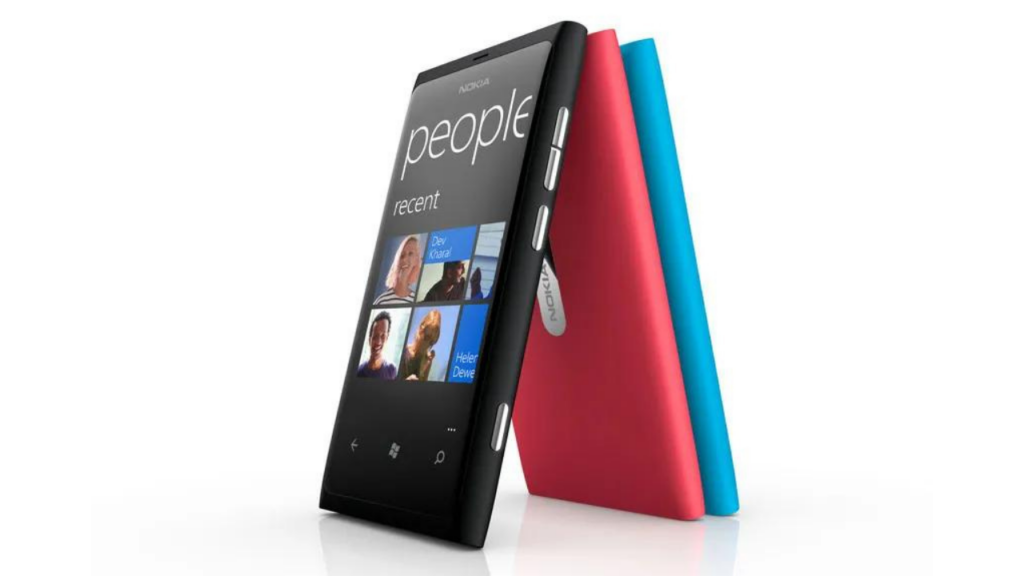
Microsoft developed the Windows OS, and it decided to enter the smartphone market in 2010. By February 2010, Microsoft announced Windows Phone to succeed Windows Mobile with an OS that looked ambitious. In 2011, Microsoft announced its partnership with Nokia to take on the world and compete to the duopoly of Apple’s iOS and Google’s Android, which were dominating the smartphone market at that point.
When asked why a user should choose Windows Phone over Android, Nokia CEO Stephen Elop had said, ”the single most important word is ‘differentiation’. Entering the Android environment late, we knew we would have a hard time differentiating”. Following the announcement, the first Nokia Lumia Windows Phones, the Lumia 800 and Lumia 710, were announced in October 2011 at Nokia World 2011 event.
The Lumia 800 originally ran on Windows Phone 7.5 “Mango” and was Nokia’s first device to run the Windows Phone operating system. It marked the company’s shift from Symbian OS to Windows Phone OS for their smartphones. Windows Phone OS was refreshing for the whole world as they now had an option apart from Android and iOS. The OS came with tiles UI that looked identical to the Start menu of Windows. In addition, it had a swipe up lock screen, Cortana as an in-built assistant, Bing search, other customisation options and much more.
Microsoft kept releasing new updates to the OS, such as Windows Phone 8, and Windows Phone 10 Mobile until 2019, when the company announced that Active development of the OS was being stopped and the product would reach its end of life by December 2019. While it wasn’t a shocker to many as Windows Phone sales were already declining, it was a sad day for the world as Windows Phone had a lot of potential and was the only main competitor against iOS and Android.
The main reason behind the decline of the Windows Phone OS and its fall into oblivion was the lack of development of apps for Windows Phones. Redesigning apps from scratch for Windows Phone OS was a tedious process and developers weren’t really interested in doing so as the user base of Windows Phones was also limited. Moreover, doing so would cost developers a lot of money and time they didn’t find worth spending. As a result, Microsoft had to stop the development of the OS itself, and we never got a competitor since then against other OSes that were that strong and had so much potential.
LeEco (formerly Letv) (2011 – 2017)
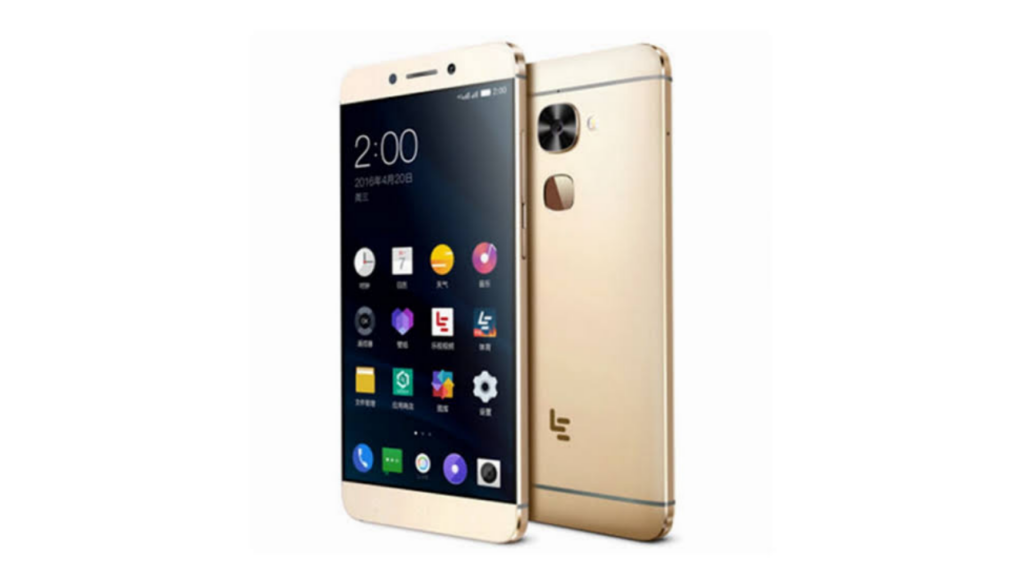
With the company being founded in 2011 and entering India in 2016 with the Le 1s and Le Max smartphones, it made a lot of noise and stood up to the expectations. The company was following Xiaomi’s path where it was launching well-built devices in India and decent specifications making for an excellent price to performance ratio. In September 2016, LeEco had said that it clocked 100 crores in revenue in India from its one-day online global sale.
While the company was growing steadily, it wanted to speed up the process and ended up burning more cash than what it was earning. While entering in India, the company spent too much on advertising. Rather than focusing on digital ads, the company only focused on traditional ads, which were costlier when compared to digital ads.
Furthermore, LeEco, which had an advertising budget as high as Rs 80 crore a month, outperforming Vivo, Oppo and Xiaomi, had to exit sales through offline retail stores in December of 2016. However, in the US, the company went ahead to set up its base in Yahoo’s old development site for a whopping $250 million for the 48.6 acre location. Then in August 2016, LeEco announced a $7 million manufacturing unit in Greater Noida, India.
In November 2016, Jia Yueting, who was the CEO of the company, had written an email to employees saying that the firm had spent cash too quickly as it expanded into new businesses ranging from smartphones to driverless cars. The founder accepted that the company would cut costs and realise efficiencies.
“LeEco is in serious financial trouble and has, as a consequence, practically ceased India operations. The staff layoffs are a direct consequence of this. Even in the previous quarter, their shipments were close to zero”, Jaideep Mehta, Managing Director, IDC South Asia, told IANS in March 2017.
During the same month, it was reported that LeEco had fired 85% of its staff in India and was exiting the region. By mid-2017, the CEO stepped down from his role and it was also being reported that the company was laying off roughly 70 percent of its US workforce as well. With so many products under its portfolio, LeEco could have made a more substantial impact in markets other than China, but due to a poor financial strategy, the company became a victim of cash crunch.
Blackberry (1999 – 2022)
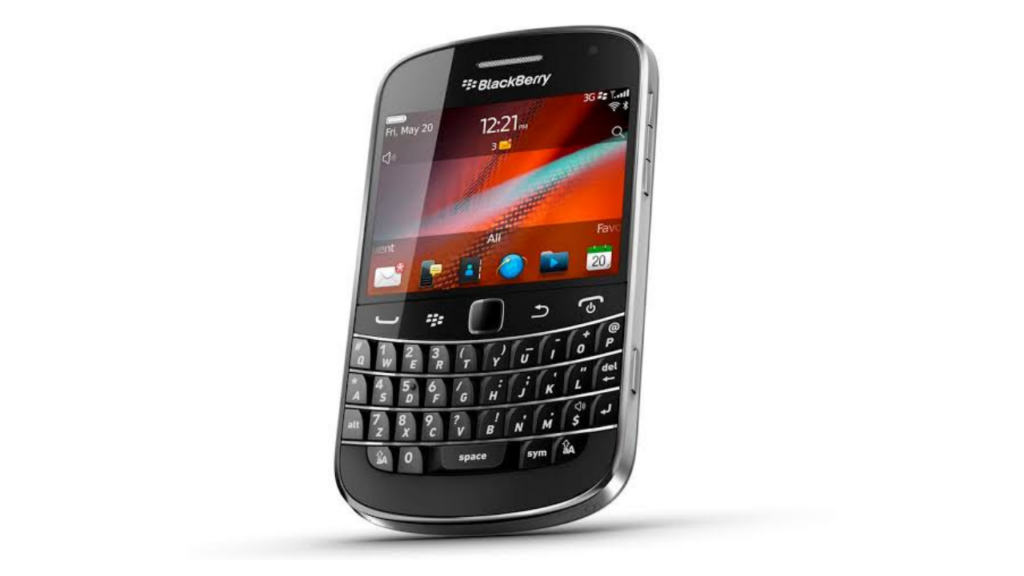
Blackberry wasn’t just a smartphone company but was an era in itself. The Canadian company was a formidable competitor to beat in the early 2000s and was known for its qwerty keypad devices. In the second half of the 2000s, Blackberry came up with mobile phones such as Curve Bold, Pearl, and others that became popular among corporate consumers and with normal users.
Blackberry was known not only for its Qwerty devices but also for its security. Moreover, applications such as Blackberry Messenger (BBM) were so popular, especially among the youngsters, that people went on to buy Blackberry smartphones solely because they came with BBM pre-installed and was exclusive to those devices. The main reason behind Blackberry falling apart was the lack of innovation in comparison to what Apple and Google were doing with iOS and Android, respectively. As a result, blackberry’s market share kept falling slowly and diminished at one point.
BlackBerry tried to restart itself in 2013 with a new OS; BlackBerry 10, unfortunately, failed. Then in 2015, the company switched to making Android devices which actually failed as well. As a result, the last Blackberry device we saw was Key2 LE which arrived in August of 2018.
Then, in 2016, it started licensing its brand to third-party manufacturers such as TCL. Finally, in 2020, a Texas startup named OnwardMobility said it would be making a 5G Android-powered BlackBerry device with a full QWERTY keyboard to release in 2021, which never happened. However, there’s still hope that a device will soon arrive as the company announced once again this year.
The post by OnwardMobility in January of this year clarified the situation and read, “While we encountered various delays that prevented us from shipping in 2021, we will be providing more regular updates starting this month that will clarify and answer many of your questions about the ultra-secure 5G enterprise smartphone (still with a keyboard!) we’re bringing to market”.
As for the classic Blackberry models, the company announced earlier this year that legacy services and software would no longer work be it on Wi-Fi connections or cellular. Users still using the classic Blackberry devices running on BlackBerry 7.1 OS and earlier, BlackBerry 10 software, BlackBerry PlayBook OS 2.1 and earlier versions have stopped working since January of 2022.
Essential (2017 – 2020)
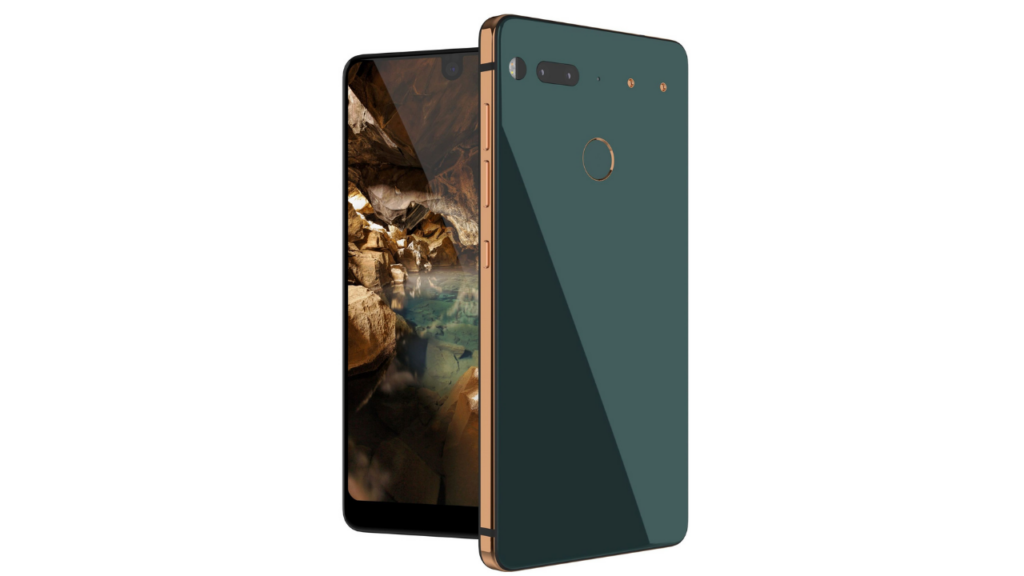
Announced back in May 2017 and launched later in August of 2017, Essential PH-1 was the first (and only) smartphone to be launched by Essential Products, the company established by Andy Rubin, the co-founder of Android.
The phone had a titanium and ceramic body, an edge-to-edge display protected by Gorilla Glass 5, and two rear cameras. It was powered by Snapdragon 835 and was a premium flagship that was also the first mainstream smartphone to feature a “notch” up top on the front. In addition, it had a futuristic design which gathered a lot of attention. The device also supported a few first-party modular accessories, setting aside the fact that the first one launched only a year after the device came out.
While it was considered a quintessential offering from the brand, the company couldn’t move forward after a single smartphone launch and had to shut down in 2020, the same year when Essential PH-1 also reached its end of life and stopped receiving updates.
“Our vision was to invent a mobile computing paradigm that more seamlessly integrated with people’s lifestyle needs. Despite our best efforts, we’ve now taken Gem as far as we can and regrettably have no clear path to deliver it to customers. Given this, we have made the difficult decision to cease operations and shutdown Essential”, said Rubin in an announcement he made two years back.
Consumers recall a few smartphones even after the phone goes out of production, but there are even fewer brands that consumers remember with love even after they cease to exist. Hopefully, some may make a comeback, but only time will tell if they do so.


